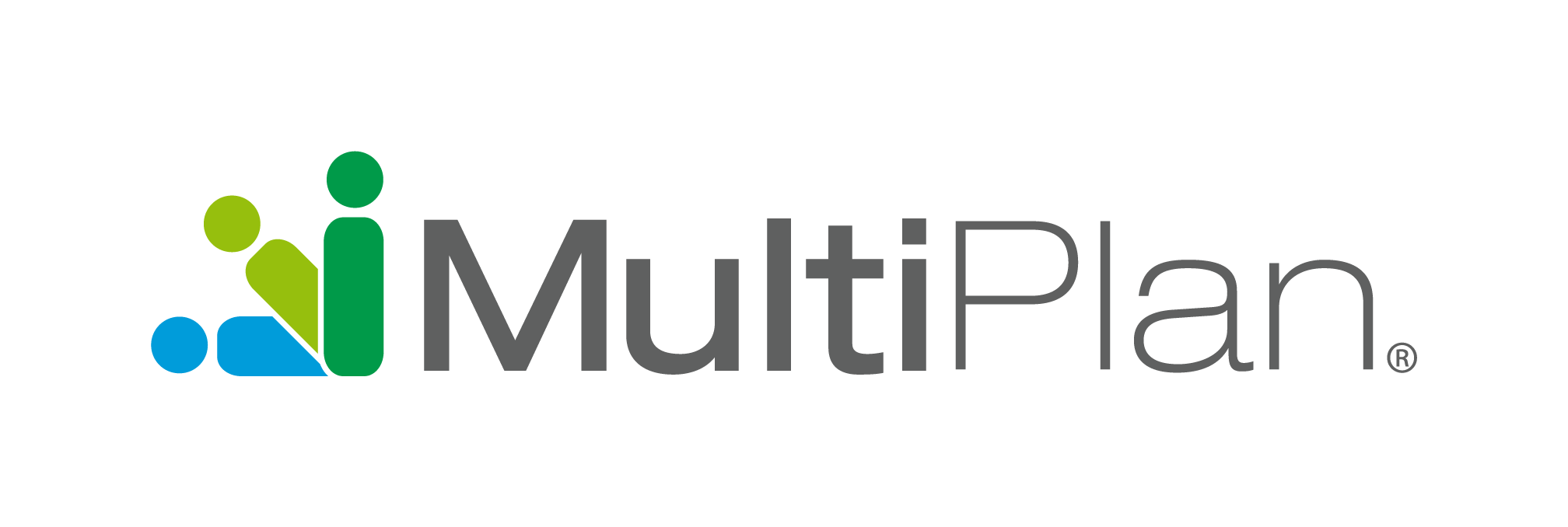Payors and providers sit at opposite sides of the table when it comes to medical claim payments but that doesn’t mean collaboration is optional. In the U.S., healthcare costs have risen to $4 trillion annually1, accounting for 17% of the economy2. Americans spend almost twice as much as other developed nations—over $12,000 per person3. The increased pace towards a value-based care system could be a crucial step to rein in the rising cost of healthcare. To disrupt the rising cost, collaboration between payors, providers, employers and healthplan members is no longer optional.
MultiPlan’s tech-enabled collaborative platforms and services enable us to cultivate strong relationships with both payors and providers alike. In today’s environment, driven by emerging trends, including new models of healthcare, collaboration and external pressures accelerating transformation, trustworthy, transparent methodologies are important to drive greater collaboration and efficiencies throughout the U.S. healthcare system.
Various factors are affecting change in the U.S. healthcare system fueled by a rise in consumerism, by patients and members expecting a similar consumer experience as other industries offer. In addition, a lose-lose scenario of rising costs paired with less-than-ideal health outcomes is powering innovation in areas of managed care, partial risk, value-based care, full capitation and direct contracting models.
These trends require collaboration between all healthcare parties including payors, providers, employers and patients. As the healthcare system shifts away from a transactional model and toward a patient-centric model, all parties meeting at the table is going to be more important. Emerging models focused on value-based care, which focus on making an agreed-upon payment versus a line-item bill are great examples of where collaboration is critical to success. Employers are a contributor to the equation too and are advocating for their employees’ needs to be heard.
Technology platforms, once a roadblock to collaboration, are now essential for shared resources and transparency. They will continue to transform the way the industry works together to deliver the future of care. Government regulations like the No Surprises Act highlight the need for providers and payors to share information so they can comply with the mandate of developing an advanced EOB, again will require technological collaboration. Under this umbrella, a healthy tension needs to exist between all players and will continue. In the end, all interested parties are working toward a positive end-to-end experience for the consumer, patient, member and employee. Where before they were often caught in the middle, the growth of payors acquiring providers will hopefully address some of the frustrations or ineffective treatment inherent in the traditional model.
1 Centers for Medicare and Medicaid Services. National Heath Expenditure Data. CMS.gov. https://www.cms.gov/Research-Statistics-Data-and-Systems/Statistics-Trends-and-Reports/NationalHealthExpendData/NationalHealthAccountsHistorical
2 Statista. (2022, January 4). U.S. national health expenditure as percent of GDP from 1960 to 2020. Statisca.com. https://www.statista.com/statistics/184968/us-health-expenditure-as-percent-of-gdp-since-1960/
3Centers for Medicare and Medicaid Services. National Heath Expenditure Data. CMS.gov. https://www.cms.gov/Research-Statistics-Data-and-Systems/Statistics-Trends-and-Reports/NationalHealthExpendData/NationalHealthAccountsHistorical

